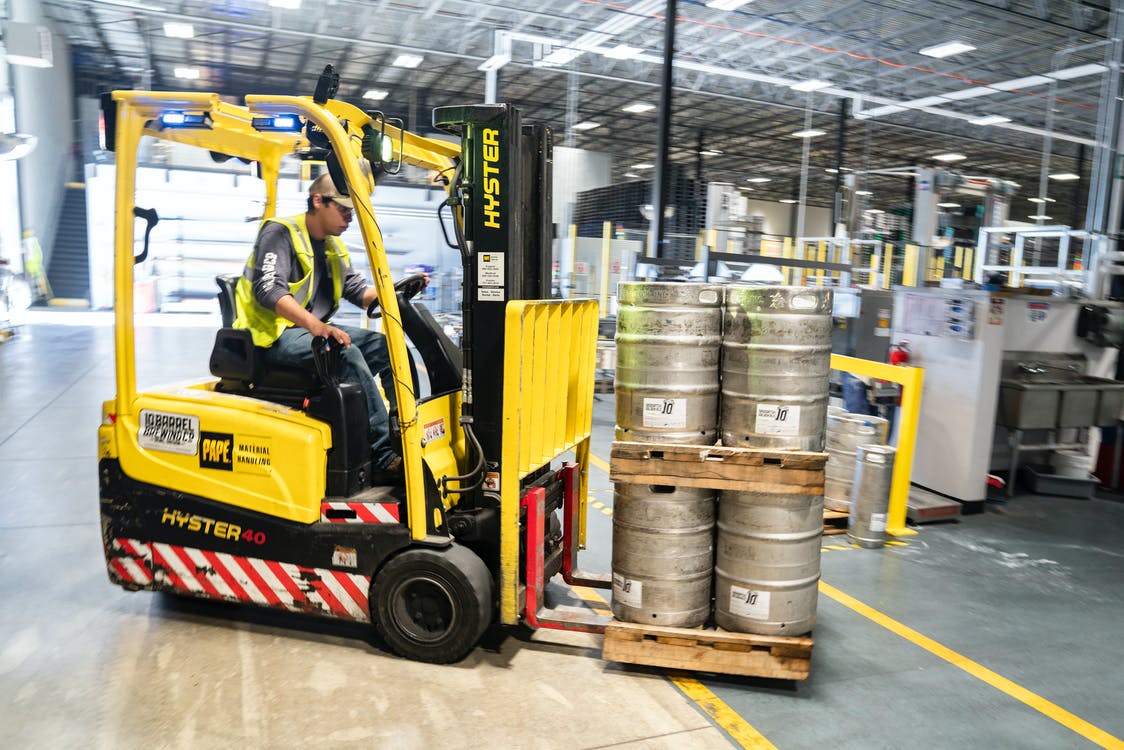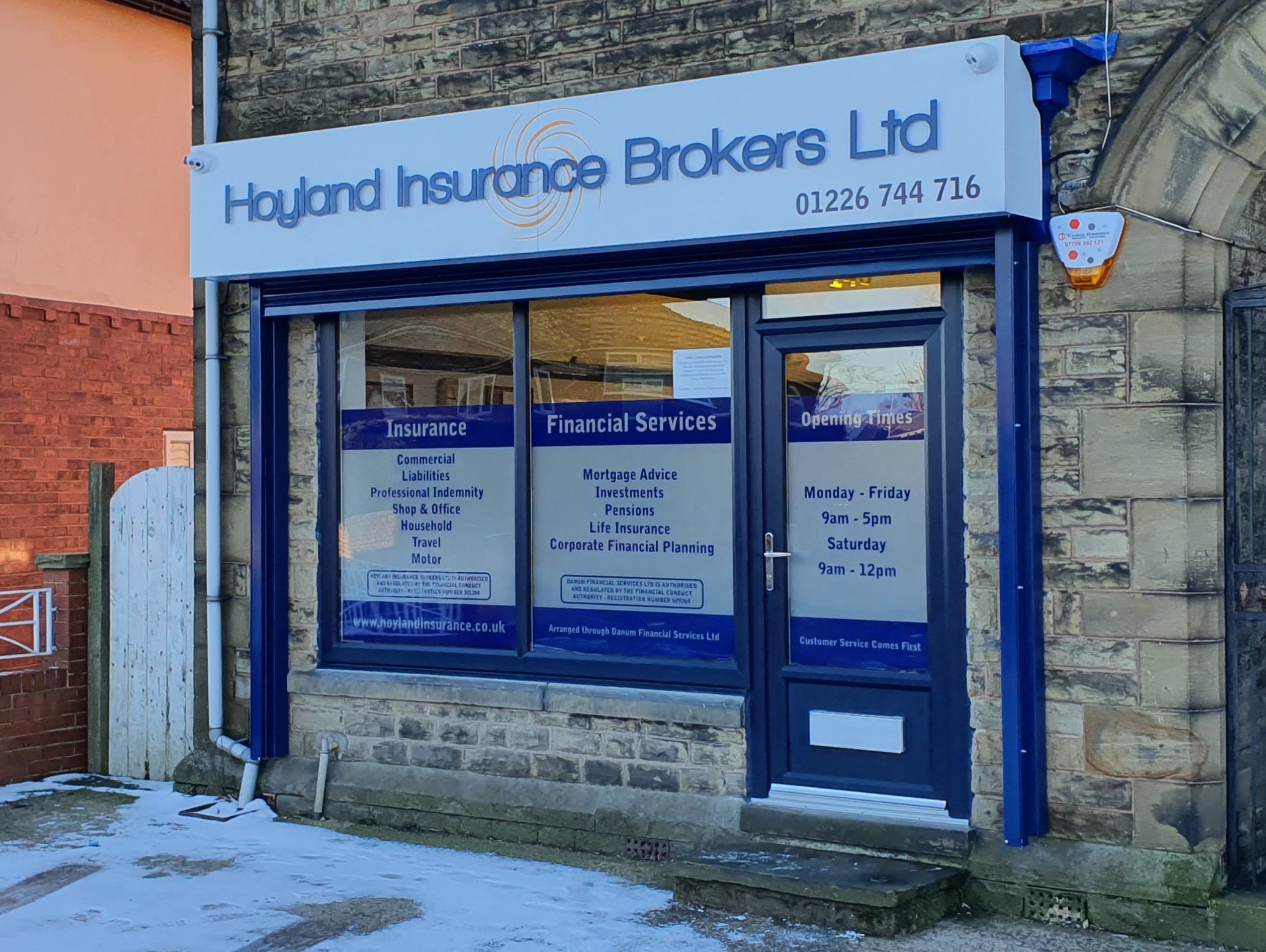Five Ways to Prevent Forklift Truck Claims
 According to the HSE a massive 23% of accidents in the workplace involve forklift trucks, and a substantial number of these become insurance claims whether due to injury to persons or damage to property.
According to the HSE a massive 23% of accidents in the workplace involve forklift trucks, and a substantial number of these become insurance claims whether due to injury to persons or damage to property.
Not only does this result in disruption to your business but additional costs incurred when insurance renewals come around and claims have been logged.
A few simple risk management measures can help you to reduce the chances of suffering an incident at your premises.
1. Battery charging
If not adequately managed then the risk of a fire occurring whilst the batteries are being charged can lead to huge material damage claims.
To mitigate the risk it is highly recommended that you have a dedicated FLT charging area which is at least two metres clear of combustible materials. It is worth considering floor hatching or physical barriers to mark the clearance zone and help staff maintain the charging area.
In addition, ensure there is suitable ventilation in the area to avoid the build-up of hydrogen during the charging process.
Insurers prefer that charging does not occur overnight when the premises are unattended, but will not usually object if the above control measures are applied.
2. Storage of LPG
Another common cause of fire can be from the improper storage of LPG cylinders.
More and more often insurers are now requiring that any storage of flammable liquids over 50l need to be kept within a lockable cage, but it is good practice to have a specific separated store for any amount of flammable liquids. It is suggested that full and nominally empty cylinders are kept separated.
It is also recommended that where possible the cylinders are kept out of direct sunlight, and obviously well clear of any designated smoking areas.
3. Theft
An ever-present risk is that of theft and theft-related damage. Regularly we see break-ins where thieves have used an FLT to either ram open a door or force open a rollershutter to create an exit route for themselves.
Along with the physical security of the site it can be worth considering immobiliser systems to prevent FLTs being used by intruders, or alternatively tracking devices to assist recovery and police enquiries.
4. Striking pedestrians
Other employees and members of the public are often unfortunate enough to be involved in incidents involving FLTs, from being directly impacted by a vehicle to having stock or a load being dropped or knocked onto them. Incidents with pedestrians can have fatal consequences and as a result are taken very seriously by the HSE.
Ensuring all FLT drivers have the appropriate training and qualification is the most basic control measure, but it is recommended that this is complemented with other physical controls.
Where possible it is desirable to have marked routes for FLTs to travel in, and if feasible to segregate completely pedestrian routes from areas that FLTs are in operation. Where this isn't possible it should be mitigated with the use of high-visibility clothing within any area of FLT operation, good lighting, an enforced speed limit for FLTs, and the use of audible warning aids.
5. Overturning
One of the greatest risks to an FLT operator is the risk of overturning the FLT and sustaining injury.
As with avoiding incidents with pedestrians, the FLT operative's training and qualifications are crucial, as well as maintaining a strict speed limit at all times.
It is also important to keep housekeeping standards high to ensure no build up of materials on FLT routes which could reduce the traction with the ground.
Any FLT areas should also be inspected to ensure they avoid any steep changes in level which could cause the FLT's centre of gravity to shift suddenly whilst in motion.
For more information please visit the HSE's website for guidance: https://www.hse.gov.uk/workplacetransport/lift-trucks/index.htm

